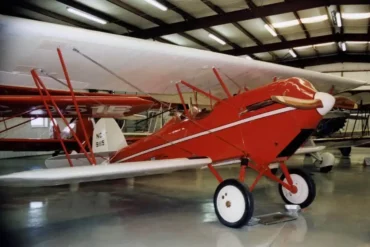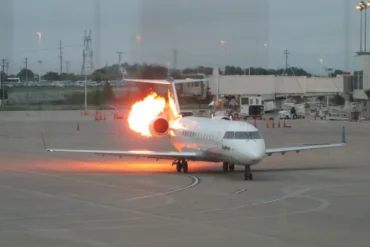Ever wondered about all the parts that make up a plane? Sure, you’ve got the body, wings, and wheels, but there’s another crucial part called the empennage.
Don’t worry if you’re scratching your head – it’s just a fancy word for the tail. Every plane has one, and it’s super important for safe flying. Let’s dive in and learn more about this cool part of aircraft mechanics!
What’s the Empennage All About?
Think of the empennage as the plane’s tail assembly, hanging out at the back of the aircraft. While the nose is at the front, the empennage is bringing up the rear. It’s not just one piece, though – it’s made up of several parts working together. You’ve got the tail fin, the flat part at the top, and the rear section of the plane’s body. All these bits team up to form the empennage.
What Does the Empennage Do?
The empennage is a real multitasker! Its main job is keeping the plane stable in the air. It’s like a home base for the plane’s stabilizers. Most big planes have a few of these – horizontal and vertical ones – attached to the tail. These stabilizers help keep the plane flying straight by reducing side-to-side movement. Plus, the empennage helps pilots steer. They can easily change the plane’s direction using control systems connected to the tail. Without it, flying would be a whole lot trickier!
Why Do Planes Need an Empennage?
Planes rely on the empennage to stay steady during flight. You can’t just stick stabilizers anywhere on the plane – they need to be at the back, on the tail. These stabilizers stop the plane from wobbling around and let pilots change direction smoothly. Some folks have tried to design planes without tails, but so far, none have worked out. That’s why you’ll see an empennage on every modern aircraft.
Wrapping It Up
So there you have it! The empennage is the tail of the plane, made up of parts like the tail fin, the flat tailplane, and the back section of the body. Planes need it to stay stable and change direction easily. It’s a key player in making sure our flights are safe and smooth. Next time you’re at the airport, take a look at those tail sections – now you know just how important they are!


















